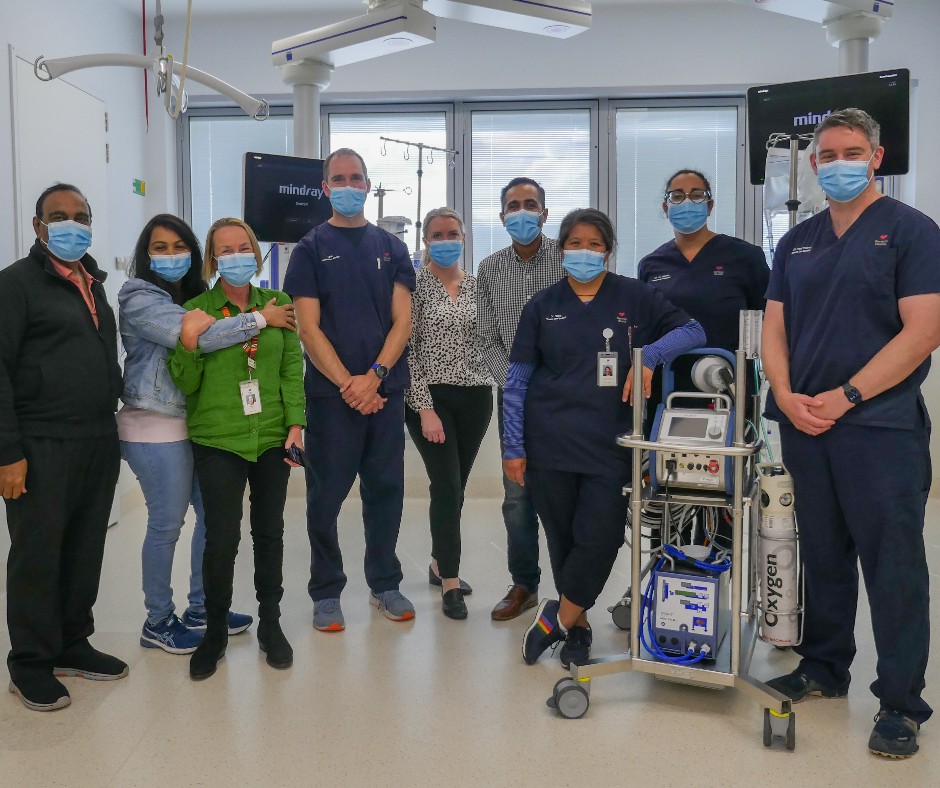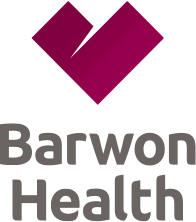ECMO
The use of extracorporeal membranous oxygenation (ECMO) to treat severe adult cardiac and respiratory failure has increased in the past decade, due to supportive evidence, advances in extra-corporeal technology, and increased clinical experience.
In 2011, University Hospital Geelong implemented a structured ECMO program. This included Intensivist training in cannulation and care for the ECMO patient, nurse credentialing in maintenance of ECMO, updating equipment, establishing a formal relationship with a high-volume ECMO service, and regular audit cycle. Our service provides both veno-veno and veno-arterial ECMO services, and now performs more than 15 ECMO runs per year.
Ajay's ECMO survival story
 Early in 2023, Ajay Manchandani feared for his life. After contracting abdominal pains that lasted for a few days, Ajay presented himself to Werribee Mercy Hospital where he began having shortness of breath. Whilst admitted, they detected pneumonia, a bacterial infection in the bloodstream and numerous blood clots.
Early in 2023, Ajay Manchandani feared for his life. After contracting abdominal pains that lasted for a few days, Ajay presented himself to Werribee Mercy Hospital where he began having shortness of breath. Whilst admitted, they detected pneumonia, a bacterial infection in the bloodstream and numerous blood clots.Ajay was transferred to Sunshine Hospital where he was put on a ventilator, but the decision was made to put Ajay on ECMO (extracorporeal membrane oxygenation) here at University Hospital Geelong.
Ajay was on ECMO for 39 days which ultimately saved his life. Ajay has no recollection of the events that transpired whilst on ECMO, but he is extremely grateful for those that helped him during his ordeal.
"I’m extremely grateful. I keep thinking about everyone who looked after me here and I don’t have enough words. Each one of them were all so kind, supportive, loving and caring. It was just amazing. Even the nurses in the regular wards were so caring", Ajay said.
"They made me feel comfortable because when I woke up I kept thinking about what happened and if I did something wrong or if it will happen again. But all the doctors were helpful to make me comfortable and reassure me.”
ECMO can be used for both cardiac and respiratory failure. In Ajay’s case it was used for respiratory failure.
"The blood is taken from the patient via a cannula and circulated through a pump and oxygenator where the blood is oxygenated and carbon dioxide removed. It is then returned back to the patient via a separate cannula. Patients can have no respiratory function and are fully supported on VV ECMO while their lungs recover", said ECMO coordinator Lucy Range.
Ajay and his family stopped by ICU to reunite and give presents to those that helped save his life. Ajay is now in full recovery and is slowly returning to work and resuming other activities he enjoys.
Last Modified: Tuesday, 01 August 2023
